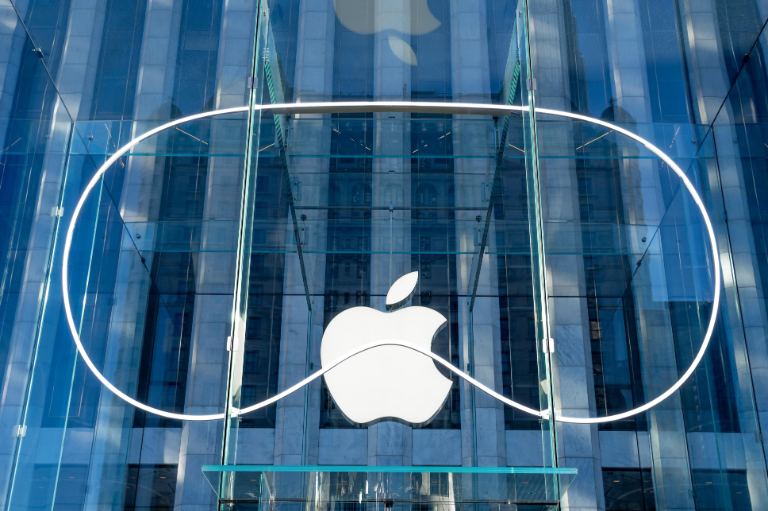
In some ways it seems like just yesterday that the world was abuzz with the news of Facebook’s rebrand to Meta and the seemingly imminent arrival of a VR optimized internet – a successor to the 90s idea of cyberspace, now recast as ‘the metaverse’.
In other ways, this feels like a million years ago, what with the huge impact of ChatGPT and other forms of GenAI onto the scene, leading to big tech to massively shift priorities and investment toward large machine learning models. This shift away from the metaverse hype was naturally further compounded by Meta’s failure to convincingly launch its VR takeover bid with Horizon Worlds, an error that ended up costing the company around $46 billion USD.
But as 2024 begins to unfold its promise of yet further excitement around artificial intelligence, the world’s most valuable tech company – Apple – has quietly launched their own unique take on VR. Dubbed the world’s first Spatial Computer, Apple has long spoken of the Vision Pro as a ‘mixed reality’ headset, emphasizing its ability to dynamically move between fully virtual reality, and augmented reality.
All signs suggest that the product is being well received, too. There’s no question that it’s an early iteration of something that will no doubt become much more refined in future generations, with people raising objections to its considerable weight, and less than perfect hand-tracking interface. But more important than these details is what it means for the wider VR and Metaverse scene – that’s because Apple has a tendency to legitimize sectors it enters.
We saw this most clearly with the iPhone, the device that kicked off the modern smartphone revolution. Similarly, the Apple Watch made wearables cool and viable, and Apple are understandably hoping to normalize VR for the mass audience too.
New Ways to PlayApple’s approach with the Vision Pro is decidedly more pragmatic than its rivals, opting to focus on the benefits of VR/AR for actual computing tasks and productivity. This is an inspired move, and one that moves the window of uses-cases for this tech away from purely entertainment purposes. But make no mistake, the entertainment piece is still a vital consideration in enabling the metaverse to take off. Outside of purely VR gaming experiences – a niche within a niche at present – we’re increasingly seeing forward thinking entertainment sectors gearing up to furnish this market.
Take the world of online casinos and iGaming for example. There are already some noteworthy examples of VR casino gaming out there already, though the lion’s share of this segment are still optimized towards conventional browser and mobile gaming. There, reputable platforms like Vegasslotsonline have made a name for themselves by providing thousands of unique slots titles to enjoy. What’s more, services such as this have become indispensable to the propagation and growth of this industry through their focus on furnishing competitive welcome offers, sign-up deals and other affiliate promotions to partner platforms, saving gamers both money and time spent seeking out providers that match their requirements.
However, it’s easy to consider that before long, such sites could exist wholly in VR, serving as the digital equivalent of a Las Vegas strip on a localized metaverse. There’s an appetite for such experiences, and the Vision Pro may just be the bridge necessary to convince the sector to invest in their coming to fruition.
- Accident, piracy affected my career: Zembe
- Kim Jayde revels in SA award nomination
- Building narratives: Chindiya empowers girls through sports
- Public relations: Which innovations are driving PR in 2022 and beyond?
Keep Reading
One of the ambitions lauded by Meta was that people would opt to collaborate and work together in wholly virtual coworking spaces – sort of like a 3D Zoom. There’s certainly sound reasoning behind why this might prove a good idea, and the Vision Pro’s approach to spatial computing appears as if it might be the link Meta was missing.
That’s because the Vision Pro enables its users to access and organize their MacOS workspaces in physical space around them, effectively creating a digital office you can walk into. How far away are we from an office where employees don their VR headsets and collaborate within a large, shared, physical computing space around them? Gone are the days of PowerPoints and Whiteboards in such a scenario.
The key takeaway that the Vision Pro is impressing upon the skeptical is that while the Metaverse will indeed be a powerhouse for entertainment, its true utility lies in so much more than that.








